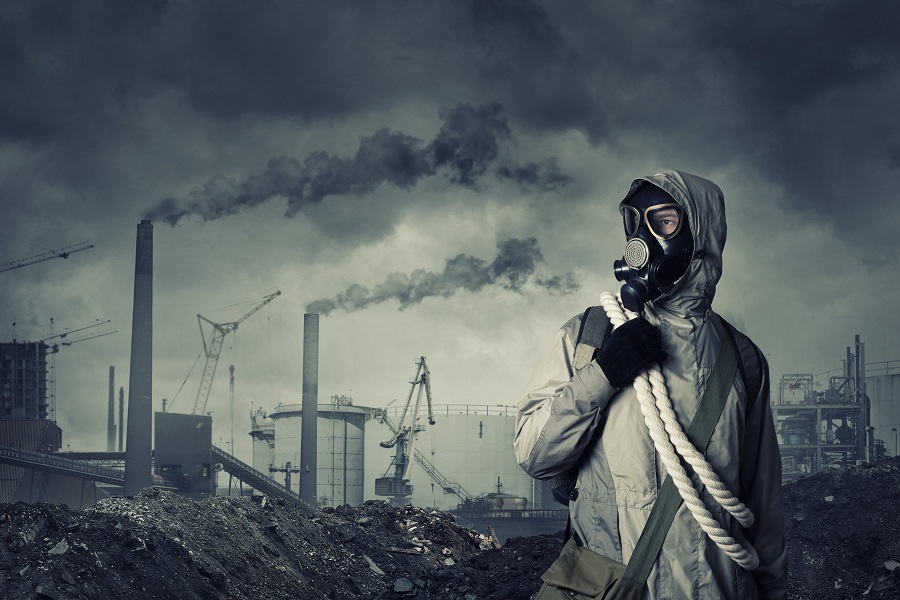There’s no prepper alive that’s able to ready themselves for any type of emergency, but the smart ones know how to be prepared for the most likely.
When it comes to those scenarios that will call for all your hard work and planning to come into play, there are some more plausible than others.
What are the most likely SHTF scenarios? Prepping doesn’t have to be about global emergencies, but rather is more commonly something regional or local that will affect you.
Some of the more possible scenarios include emergencies like natural disasters, financial hardship, pandemics, and war, all of which you need to be prepared for.
While it would be ideal to have a backup plan for just about any emergency situation that comes your way, it’s simply not possible.
Therefore, thinking about the more common SHTF scenarios and what you can do to prepare for them is the smartest move.
Contents
9 Realistic SHTF Scenarios to Consider
When the SHTF, it’s probably not going to be some apocalypse-style event that destroys the whole world, but more likely to affect you in your own backyard.
We’ve compiled a list of the most likely emergency scenarios you’ll face and how you can ready yourself.
#1: Pandemic
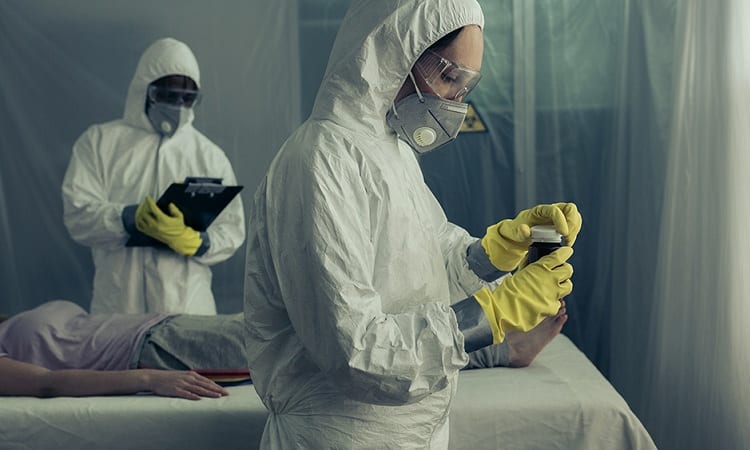
The world got a very recent and real taste of what can happen during a pandemic when Covid-19 arrived and changed our lives forever.
A pandemic is the spread of infectious disease, usually across multiple continents, and we’ve seen that it’s possible even in modern times, and the chance that we’ll see others in the future is very likely.
Preparing for a pandemic means taking care of the basics like food and shelter, but also being extra vigilant when it comes to hygiene and health.
You’ll want to have enough supplies of things like painkillers and antibiotics, face masks, gloves, hand sanitizer, and antiseptic wipes, as well as a clean water supply for home.
If a pandemic did strike, you want to stay out of the mainstream public as much as possible, which means relying on the supplies you have at home.
Although Covid-19 didn’t wipe out the globe, there’s no telling what the next pandemic will be like, so your house or shelter should be fully equipped to live in for months at a time.
#2: Cyber Attack

With such a heavy reliance on the internet to run our daily lives, the threat that a cyber attack could be devastating for many people around the world is a big one.
Imagine a world where the internet is wiped out completely, even just temporarily, and how that might affect our everyday lives.
An event like this would lead to mass panic, but it would also affect our healthcare providers, financial institutions, and communication methods, so how do we prepare?
The best way is to keep a paper record of your most pertinent documentation including passports, bank documents, and contact information for friends and family.
Secondly, you’ll need a backup method of communication, so look at getting a radio. In the event of a massive cyberattack where all other ways of communicating have been wiped out, the most likely scenario is that the government and other valuable organizations will use a radio to spread their messages.
#3: Natural Disasters
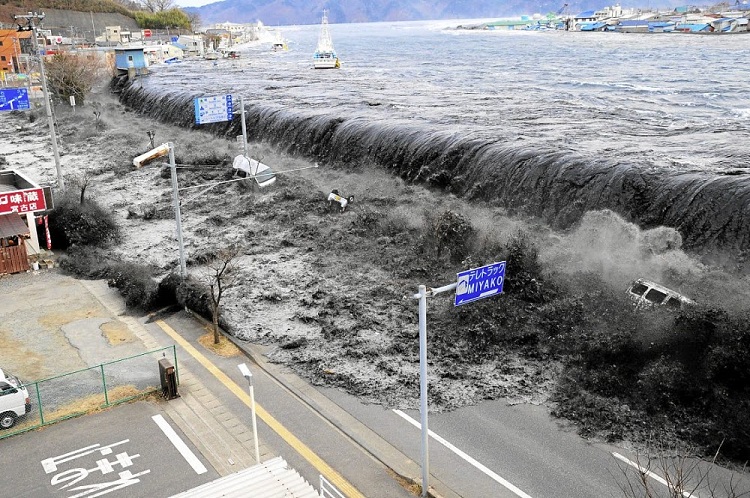
This is a common SHTF scenario that happens in more places than others, and it’s the smartest one to prepare your family for if you have to choose just one.
A natural disaster can include anything from a flood to a hurricane, and even a heatwave, so you want to be ready to tackle them all with some smart prepping choices.
The best thing you can do to prepare for a natural disaster is research, including the most likely weather events to affect where you live, and how agencies like FEMA recommend preparing for them.
Know the times of the year when events are more likely, like wildfires or hurricanes, and do additional prep when you have to.
A natural disaster prepping kit should include a few months of basic supplies like food and water, as well as enough medical supplies to handle the most common types of injuries that occur from them.
Have a radio so you can keep up with official advice and plan to stay in one place without moving around.
#4: War

All you have to do is turn on the news to see the problems occurring around the world that could lead to war, whether it’s within our own nation or with two opposing countries.
Although it might seem like things have gotten dire, when you compare it to the past when World Wars were occurring and there was a lot of unrest, it’s one of the more peaceful times to live in.
However, you still want to be prepared in case war strikes, which it can do at any time.
If a war does occur, the most likely scenario is that something like a bomb could destroy the power or internet supply to an urban area, which will lead to some of the other common SHTF scenarios we’ve discussed.
The best thing you can do here is to pay attention to the news, but be careful to choose a balanced source for the most accurate report.
In the event of a war that affects where you live, you’ll want to be well prepared with basic supplies, defense, and security measures, so it pays to know what’s coming.
#5: Financial Hardship

When you think about SHTF scenarios, your mind probably goes to large-scale events like war and pandemics, but for most of us, going through financial hardship will be more plausible and cause greater damage.
Whether you’ve lost your job or had a major medical event that wiped your savings, the possibility of this happening is real and it deserves a prepping plan.
Although it’s easier said than done, the best thing you can do to prepare for this is to have minimal debt and at least three months’ worth of money saved up to cover your household’s basics.
With this safety net, you’ll be able to survive for a while even if the worst happens, and just knowing it’s there can be a huge burden off your mind.
Another important piece of preparation, and not just for this disaster, is having support within the community.
With solid relationships, you’ll be able to ask for help from others, whether it’s extended family or members of groups and organizations you’re part of, like the church or another community group.
#6: Electricity Grid Down
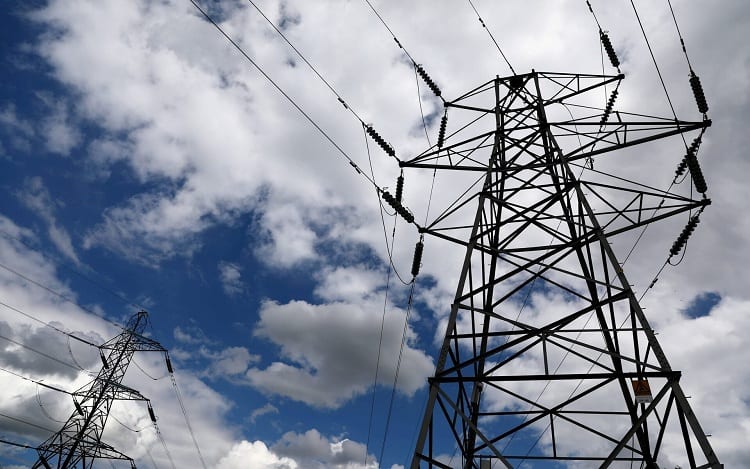
When the grid goes down, it could be due to something like a natural disaster, civil unrest, or just an act of nature.
Although it’s one of the more boring scenarios to imagine, it’s also one of the most common, and if you’re not careful with your planning it can have a serious impact.
To prepare for the possibility of the grid going down, you’ll want at least one backup power supply. This could be a gas-powered generator or a solar-powered battery pack, and the more powerful the better.
Anything renewable is ideal as well, in case you have to spend longer than you envisioned off the grid.
Another important part of planning here is to have another method of communication ready.
As so much of modern communication relies on cell phones and laptops, when these run out of power, you’ll want a basic backup cell or battery-powered radio available to be turned on only when you need it.
#7: Economic Collapse

On the more serious and less likely end of the scale compared to financial hardship, is the chance that one day our entire economic system will collapse.
With many systems now being online, this threat is more possible than ever, and if it means that you no longer have access to your own money, it will spell disaster.
The best way to prepare your household for total economic collapse is to be self-sufficient.
If an event occurs that means we can no longer rely on bank cards or withdrawing money from the ATM, our ability to buy everyday goods will diminish.
When you consider there will likely be widespread civil unrest because of it, the need to stay home and safe is greater.
Therefore, think about what you can do at home to become self-sufficient by learning about homesteading and similar practices.
The goal here is to be able to live independently from society with things like homegrown gardens, food preservation, and small-scale clothing production.
#8: Biological Weapon
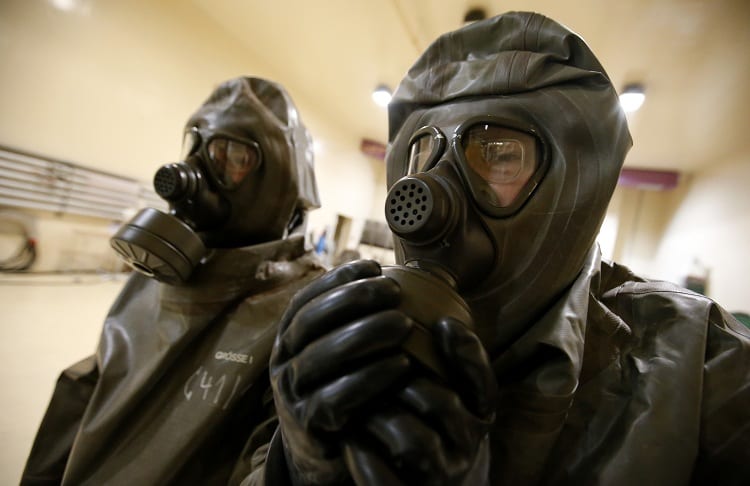
This is one of the less likely of our likely SHTF scenarios but it still deserves a mention on our list.
A biological weapon could be used to spread a superbug through a particular country or globally, with the eventual goal of wiping people out.
The preparation for this is the same as preparing for a pandemic, which means a huge focus on medical supplies, hygiene, and sanitation, as well as your stock standard prepping basics.
The good news is, our governments are also prepared for events like biological warfare, so it’s not going to be a scenario where you’ll be working on your own.
#9: Civil Unrest
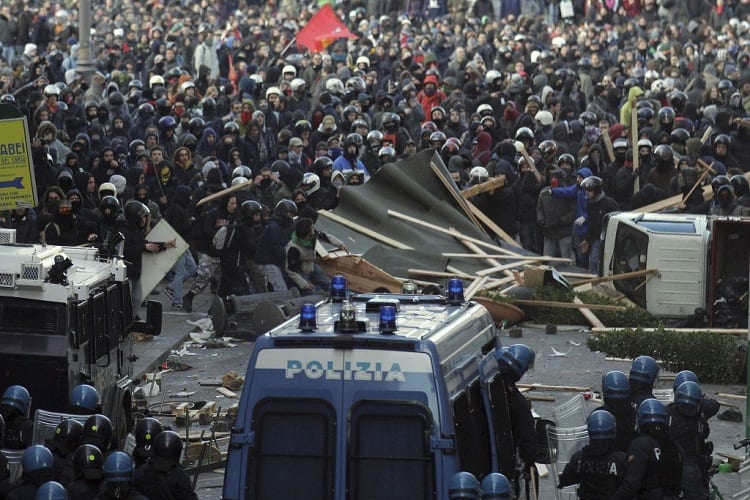
The world is constantly changing and as we see on the news, civil unrest has become a larger issue not just at home, but across the globe.
When civil unrest occurs, it can display itself in violent riots, looting, and widescale dangerous activity, and it’s more likely to occur in urban or highly populated areas.
To prepare your household for civil unrest, you’ll want to make sure you have everything you need to get away from society for a while until things calm down.
This includes food and water supplies, medicine, and general household goods, so the less you have to leave the house, the better.
A good line of defense is also recommended in dealing with these types of prepping situations, as the threat of violence is heightened.
You might want to install something like a tripwire to warn you of intruders, use security cameras around the home, or have a firearm, as long as it’s operated and cared for responsibly,
Related Questions
A smart prepper is one who’s ready for anything, and that means thinking about the most likely scenarios that will affect you and planning for those.
If you still have questions about the basics of prepping and how to get started, read on for a few FAQs on the topic to give you a push in the right direction.
Is Prepping Illegal?
There is nothing illegal about the act of preparing your household for an emergency, but some components of it are regulated.
Depending on where you live and the local laws, you might find limitations on things like rainwater collection and power generation, so make sure you’re doing everything legally.
Can FEMA Take Your Food Stockpile?
The myth that FEMA is able to knock on people’s doors and confiscate their stored food is just that, and the organization has no legal power to do so.
Therefore, you can feel safe knowing that the food you have stored away as part of your prepping will remain the property of you and your family.
How Much Water Should I Stockpile?
According to FEMA, you should aim to have at least one gallon of water per person, per day to survive an emergency situation.
Depending on how far in the future you prep for and what space you have available at home, a good baseline is to store a two-week supply of fresh water for the household.
Resources:

